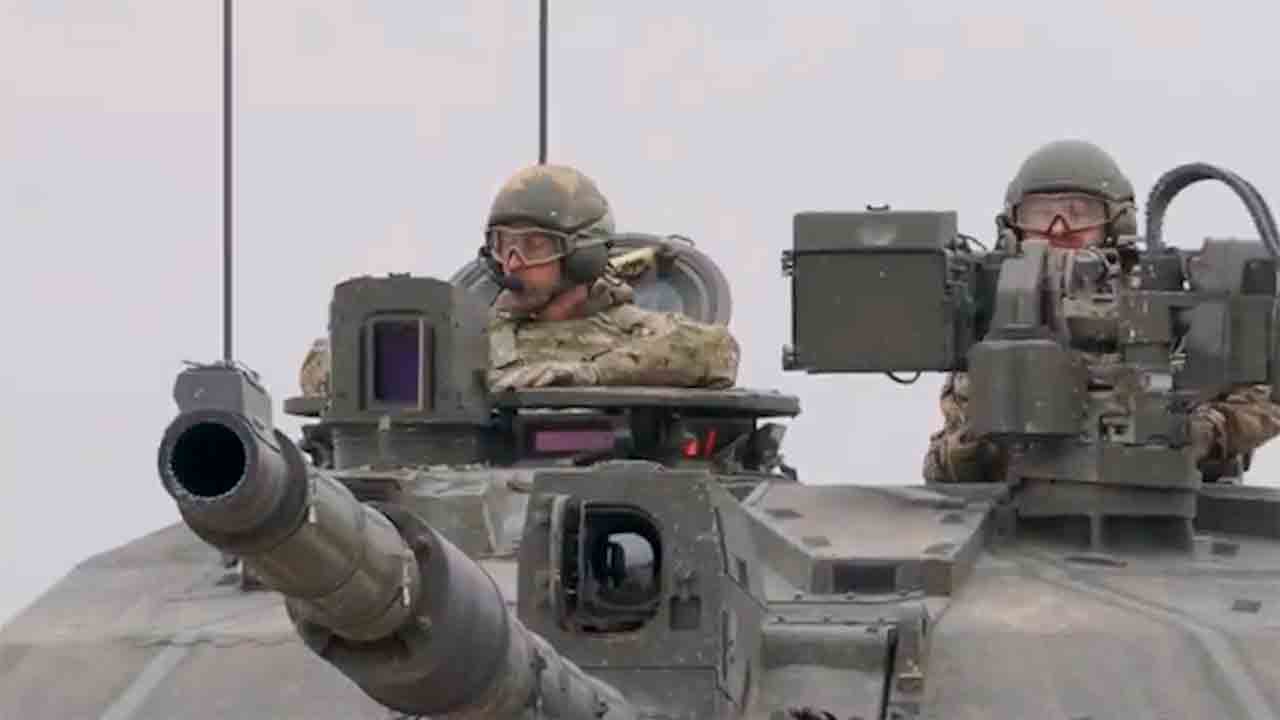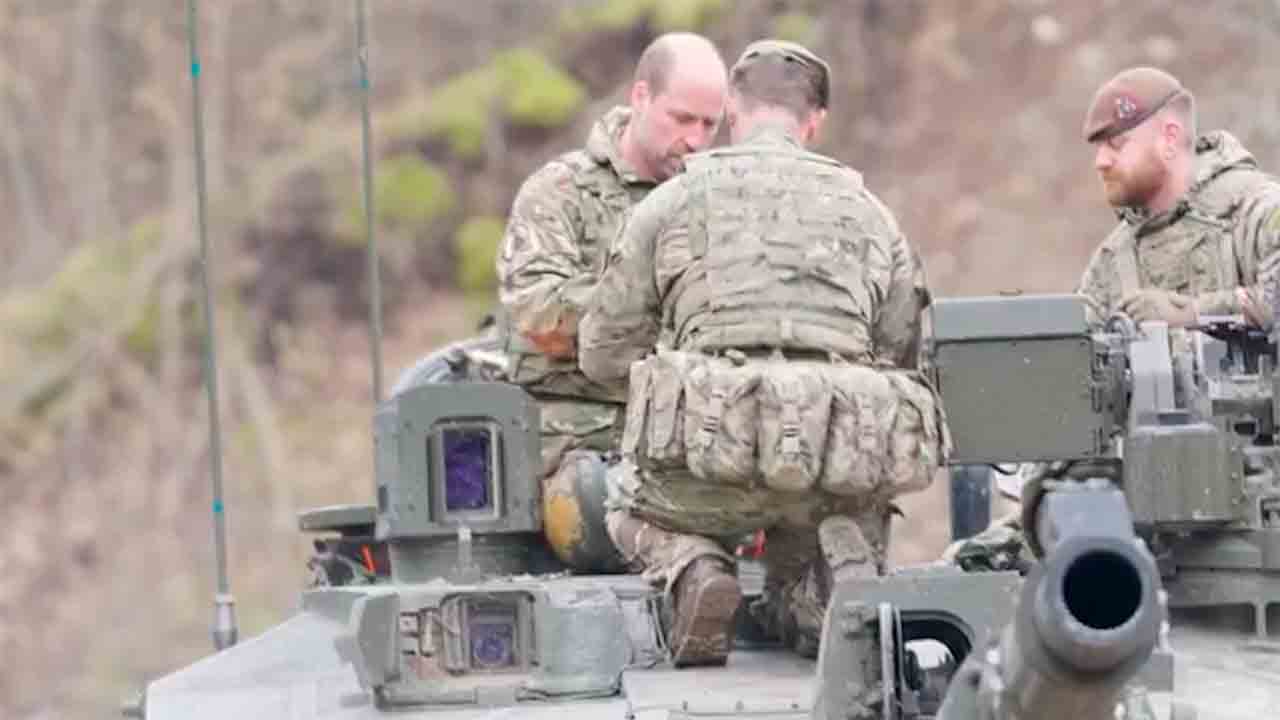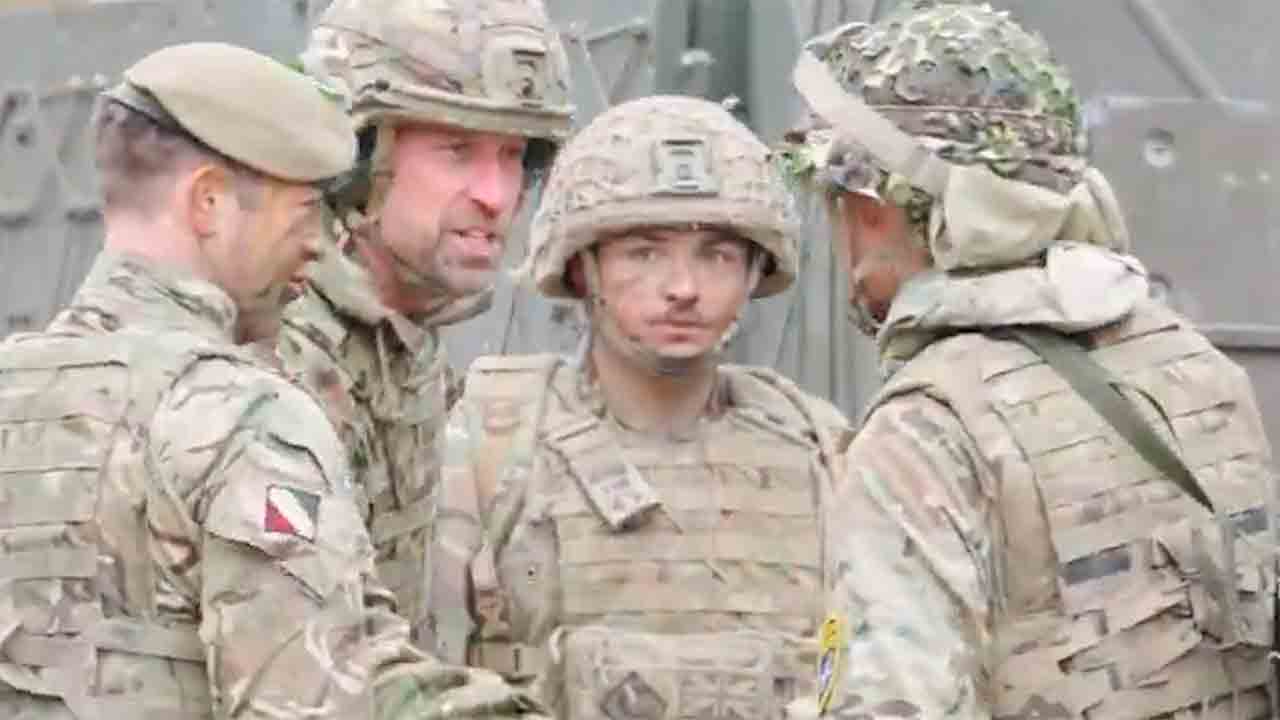
Prince William, heir to the British throne, took part in a military mission in Estonia this week, where he traveled aboard a Challenger 2 tank in an area close to the Russian border.
+ Click here to watch the video
Wearing a camouflage uniform, protective goggles, and helmet, the Prince of Wales rode in the commander’s hatch of the tank as it crossed muddy terrain, symbolically reinforcing the United Kingdom’s support for NATO troops.
The two-day trip to the Baltic country aimed to strengthen ties with the NATO ally and closely monitor the activities of British soldiers deployed in the region. William is Colonel-in-Chief of the Mercian Regiment, whose 1st Battalion recently took over command of Operation Cabrit, succeeding the Royal Dragoon Guards. This operation is part of the UK’s contribution to NATO’s collective defense of Europe’s eastern flank in the face of Russian threats.

During the visit, the prince was at the Tapa military base in northern Estonia, where he spoke with soldiers during their downtime, expressing curiosity about what it’s like to be deployed so close to Russian territory. Speaking with service members, William said he hoped his visit would “keep everyone on their toes.”
In addition to his military commitments, the Prince of Wales was also received by Estonia’s President, Alar Karis, at his official residence. The visit drew a large crowd eager to see the future king. In Tallinn, he visited the Freedom School, an institution supporting children and young Ukrainians affected by the war. There, he received a friendship bracelet in the colors of the Ukrainian flag and told his hosts that Princess Charlotte would surely try to claim it when he got home.
The prince’s schedule also included a stop at the Cleantech Association, where William learned about new technologies focused on sustainability and building a greener future.
Prince William’s visit comes at a time of heightened geopolitical tension and highlights the British monarchy’s commitment to supporting troops and ensuring European security in the NATO context.

Source and images: X @KensingtonRoyal. This content was created with the help of AI and reviewed by the editorial team.

